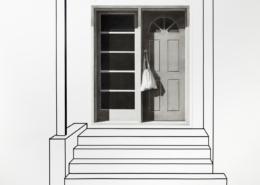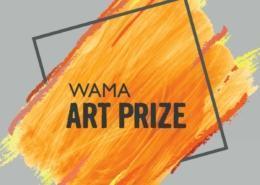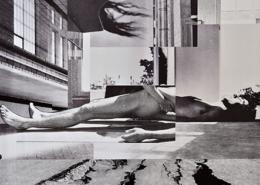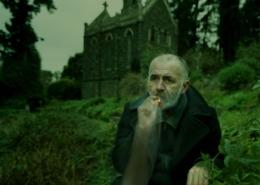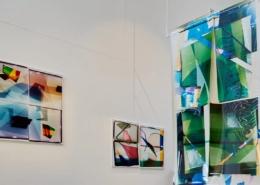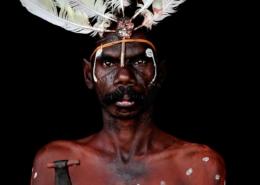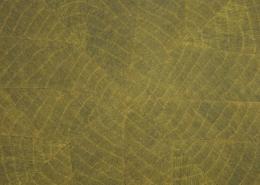Australian Geographic Nature Photographer of the Year
Medium / category: Photography
Eligibility: Australian citizens or permanent residents in Australia
Associated institution: South Australian Museum
The annual Australian Geographic Nature Photographer of the Year competition calls on photographers from around the world to celebrate the fauna, flora and natural formations of the ANZANG bioregion comprising Australia, New Zealand, Antarctica and the New Guinea region. Submitted entries capture incredible moments in time, bearing witness to the unique beauty of the world around us. The competition, owned and produced by the South Australian Museum, results in a collection of images that provoke us to explore and understand the changing nature of our environment and appreciate the wonder that surrounds us while enriching our knowledge of this extraordinary region. Entries in all sections are allowed to use either digital or film camera. Judges consider photographic technique plus the aesthetic, artistic and unique quality of all images when making their selections.
There are ten categories in the competition, as listed below. The judges choose a winner and a runner-up for each category. Entries that do not receive a prize, but of a particularly high standard are shortlisted and joined with the prizewinning images in the subsequent exhibitions and catalogue. Prize winners are announced by the South Australian Museum. The Overall winner wins $10,000 cash and a holiday prize provided by Coral Expeditions. Each of the open category winners receive $1,500 and the runner-up of each category receives $500. In addition, there is a $1,500 prize for the best portfolio submitted. The junior category winner receives $500 and the runner up receives $250 and the People’s Choice winner receives $500.
Notable Previous Winners
2022:
- Ashlee Jansen, Humpback whale (Megaptera novaeangliae), and Tiger shark (Galeocerdo cuvier)
Award: Overall winner
The Different Award Categories
- The categories include Animals in Nature, Urban Animals, Macro, Landscape, Threatened Species, Monochrome, Our Impact, Astrophotography, Portfolio, Junior and People’s Choice.
- To entire the Animals in Nature category the photograph must be captured in a natural environment. This may be a portrait or a behaviour shot. The animal or animals may be either native or feral, but must be depicted in nature within minimal evidence of human activity. Captive species are not suitable for this category.
- The Urban Animals category refers to photographs showing a built form or other evidence of human activity. Captive species are allowed, provided their captivity is declared at the time of entry. Domestic animals are not allowed.
- The Macro category intends to examine small elements of nature up close, with the subject to be presented larger than life size. Subject matter includes fauna, flora or natural formation. This category does not include photographs taken through a microscope.
- The Landscape category must portray a landscape or seascape that shows a natural environment. Evidence of humans can be present however it must not be the focus of the photograph.
- The flora or fauna depicted in the Threatened Species category must be listed as vulnerable, endangered or critically endangered on the IUCN Red List.
- The Monochrome category includes all monochrome photography including black and white, sepia-toned and infrared photographs. The subjects or subject of the photograph must qualify for any of the other categories in the competition.
- The photographs submitted to the Our Impact category must depict human impact on nature, be it terrestrial, aquatic or atmospheric. This impact may be positive or negative. The choice of subjects may align with the other categories or extend beyond these to subjects relating to environmental projects, scientific exploration, pollution, climate change.
- The subject of the photographs submitted to the Astrophotography category must be the night sky. This can include astronomical objects, celestial events and areas of the night sky including time lapse images. Landscape or other forms can be included provided the subject of the image is largely celestial.
- To be eligible for the Portfolio category, entrants must submit a contact sheet showing a group of six images with a shared theme that would otherwise relate to the other categories. The theme is the photographer’s choice and must be articulated in the entry notes. Themes may include, but are not limited to, environmental messaging, biological grouping, style of photography, photojournalism or simply shared aesthetic.
- To enter the Junior category entrants must be under 18 years of age at the date of close of entries. Entries must fit the criteria of one of any of the other categories. The final prize is the People’s Choice award which is voted by visitors to the exhibition at the South Australian Museum, rather than the judges.
Information up to date from June 14 2023



